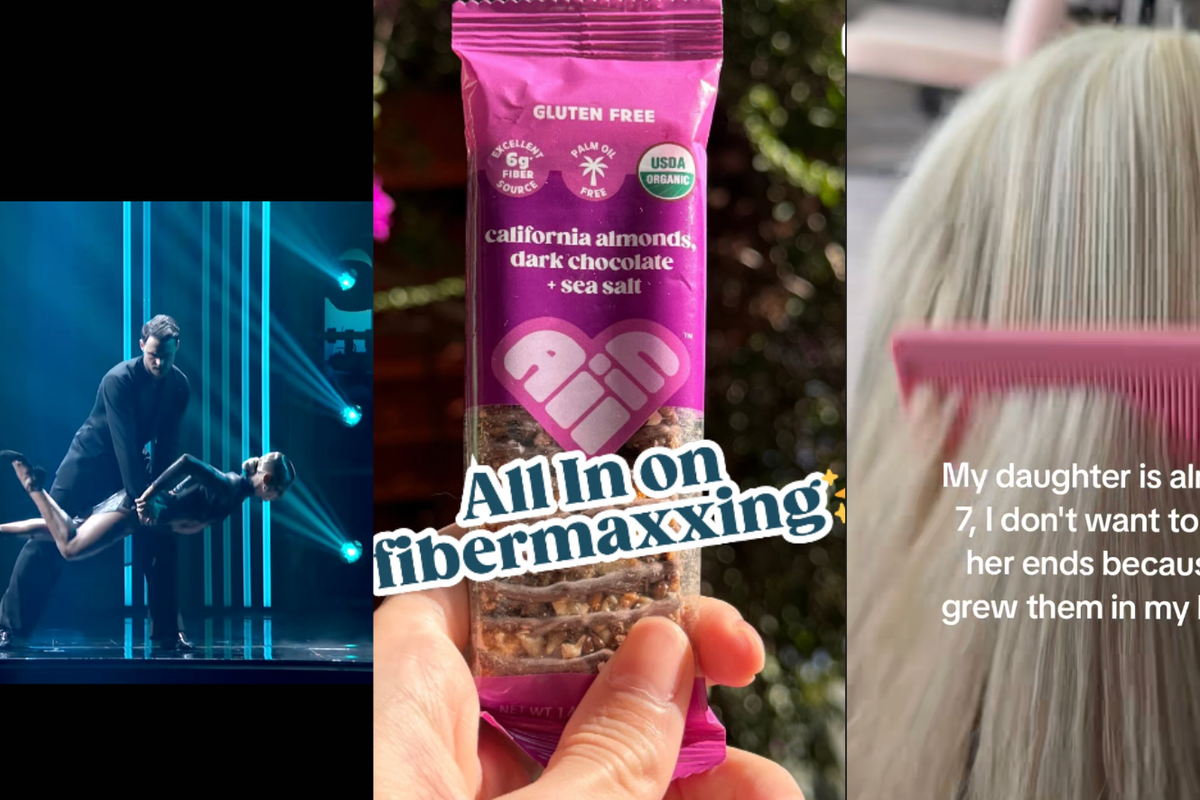How do you take down a $20 billion black market and save the rhinos with a 3D printer? Like this.
With rhinos on the verge of extinction, this start-up is the species' best chance of survival.
A biotech start-up named Pembient is hoping to put an end to rhino poaching in a very unconventional way.
Pembient's goal is to create artificial reproductions of wildlife products — like rhino horn and elephant ivory — in an effort to wipe out the black market.
Basically, they're giving rhino horn consumers what they want — or rather, artificial, genetically identical 3D printed versions of what they want.
Yep, they plan to do all this through 3D printing; creating a product indistinguishable from the real thing. And by "indistinguishable from the real thing," I don't just mean in appearance. I'm talking about appearance, feel, weight, right down to the genetic makeup.
It's really cool, futuristic-sounding technology that the company says they hope to be able to unveil in June this year.
See that thing in the middle? That's the “fake" one.
Source: Arvind Gupta/Twitter: "The world's first man-made rhino horn! #unbelieveable @pembient @indbio @sosventures"
By flooding the market with a genetically identical product, the black market price will drop considerably, making rhinos a less lucrative target for poachers.
"We surveyed users of rhino horn and found that 45% of them would accept using rhino horn made from a lab," said Matthew Markus, CEO of Pembient, in a press release. "In comparison, only 15% said they would use water buffalo horn, the official substitute for rhino horn."
It's great that nearly half of the people Pembient surveyed would knowingly use lab-made rhino horn, but what's even better is that if the end product is as good as they would lead everyone to believe, it could have the effect of overloading the rhino horn supply (because it'd be indistinguishable from real rhino horn) and force the market price of rhino horn down, making it less attractive to poachers.
In other words, Pembient's 3D-printed rhino horn could undercut the entire black market. This seems like a solid approach because, honestly, other anti-poaching efforts haven't worked.
Poaching might not seem like that big of a problem, but when I started digging into it, what I found was horrifying and heartbreaking.
Over the past 40 years, 95% of the world's rhino population has been lost to poaching.
Just last year, more than 1,200 rhinos were killed in South Africa. That doesn't mean much without additional context. Well, here it is: That was a record high, up by more than 20% over the previous record high (which happened to be in 2013). Also, since 2007, poaching has increased 90 times over.
Rhinos are in trouble. Big, big trouble.
Nearly every species of rhino is considered critically endangered, with some species — like the Northern white rhino — having their numbers dip into the single digits. And yet they're still hunted.
As for why rhinos are poached, it has to do with the value of their horns.
Rhino horns have been valued at up to $35,000 per pound on Asia's black market. Comparatively, that means that pound for pound, it's worth as much as cocaine.
Knowing this, it's easy to understand why someone would break laws to bring down rhinos: it's big money. Big, big money.
And demand for rhino horn is boosted by the (erroneous) belief that the horn can cure cancer, strokes, and all sorts of diseases.
While it's illegal to possess rhino horn powder in a number of countries, demand still exists. In large part, the unproven belief in this brand of alternative medicine is what drives the poaching industry.
This photo shows a woman in Hanoi, Vietnam grinding a rhino horn down to powder.
This plan might be the last chance to shift momentum in the rhino trade before rhinos go extinct.
It looks like virtually every other method of reducing rhino poaching has come up short.
"Rhino ambassadors" made up of people like Vietnamese pop star Hong Nhung have gotten increasingly involved with efforts to shift public opinion on the use of rhino horn powder.
"People back home need to learn that we need to keep these animals for future generations and not let them disappear," Nhung told the Agence France-Presse.
Hong Nhung is seen here in September 2014 near a dead white rhino near Kruger National Park.
Users of rhino horn powder swear by it (despite the lack of evidence that it actually serves a medicinal purpose). This keeps demand high, and so long as that demand exists, poachers will continue to kill rhinos.
This man was protesting outside the Chinese embassy in Pretoria, South Africa, in September 2011.
So, if demand is going to stay naturally high, how do you bring it down? Raise the supply (with lab-produced horn)! If that works, the price of rhino horn will plummet, and poachers will be less and less inclined to take the risks needed to continue poaching.
When it comes to taking down a $20 billion industry like the illegal wildlife trade, all options have to be on the table, and it seems like Pembient has as good a chance as any to create real change that benefits the world's rhino population.




 Beaver on riverbank.
Beaver on riverbank.  Pbs Nature Swimming GIF by Nature on PBS
Pbs Nature Swimming GIF by Nature on PBS  An actual beaver dam on the now-thriving Price River
An actual beaver dam on the now-thriving Price River 
 A bathroom sign.via
A bathroom sign.via  A public restroom.via
A public restroom.via 

 a piece of paper with a heart drawn on it Photo by
a piece of paper with a heart drawn on it Photo by 
 Father holding his sleeping son. Photo by
Father holding his sleeping son. Photo by  Eric Guzman poses with his son Colby.Photo Credit: Eric Justice Guzman
Eric Guzman poses with his son Colby.Photo Credit: Eric Justice Guzman